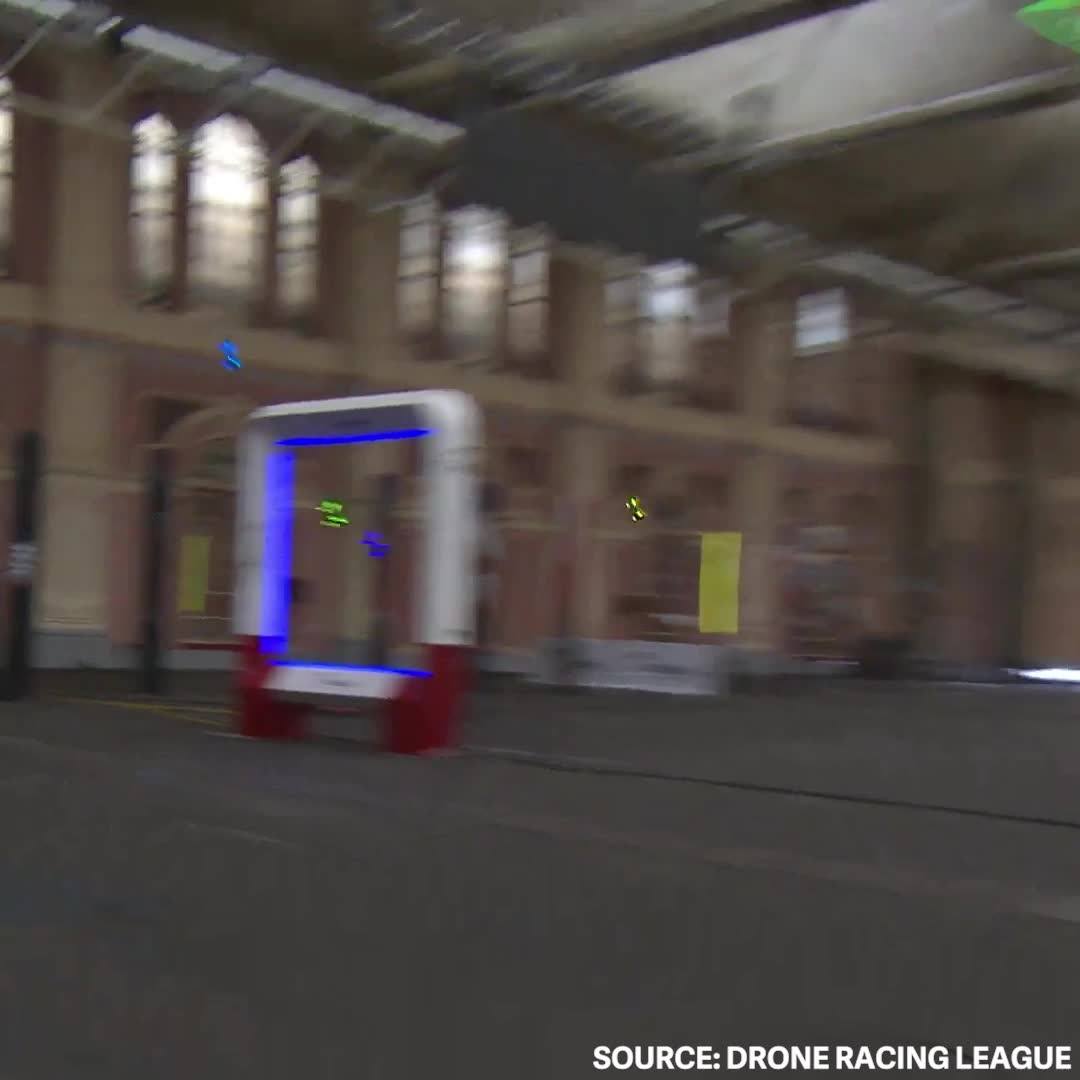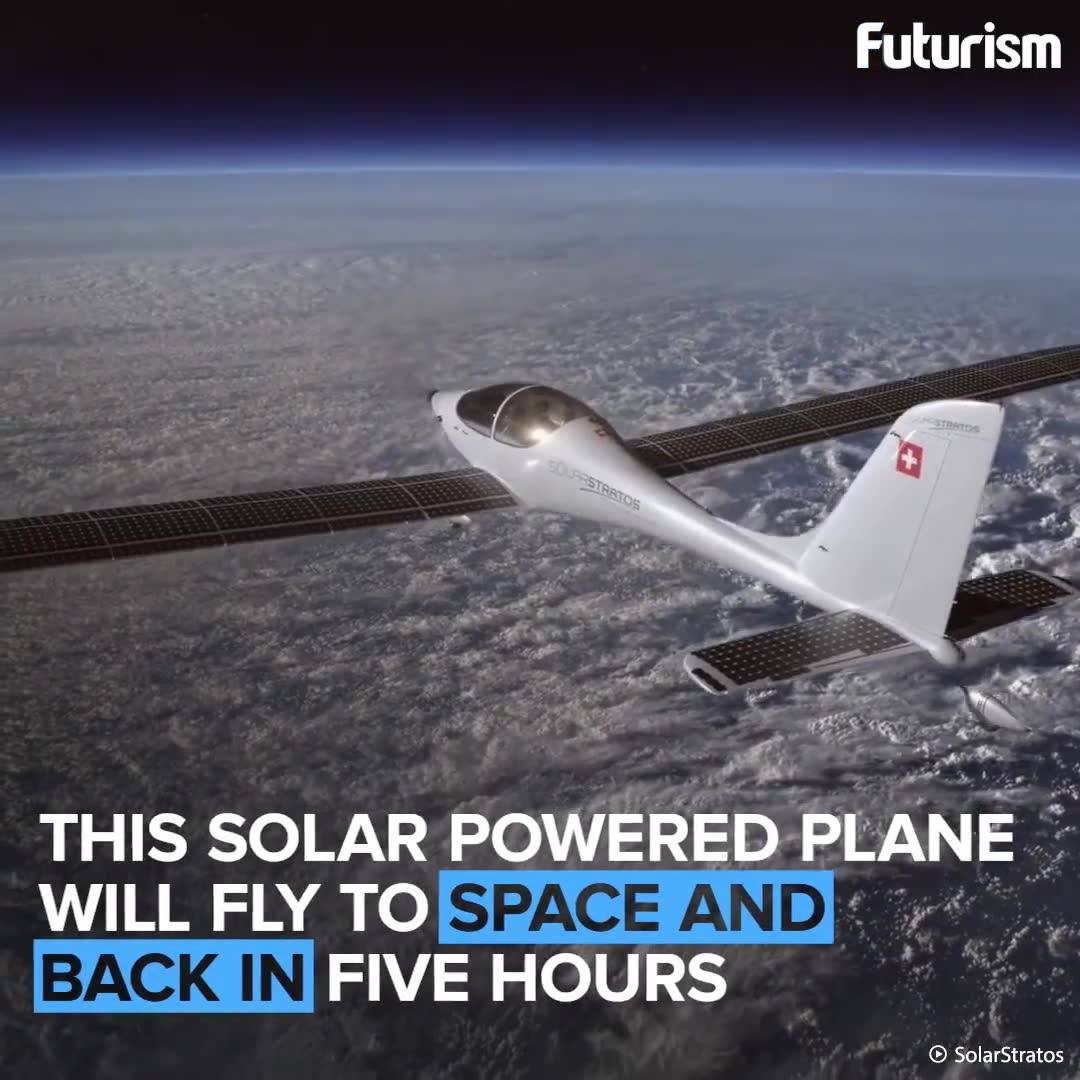Image: istolethetv/Flickr Perhaps we’re not alone but instead reside in a multiverse stocked with all sorts of fantastical realms. These other universes are somewhat—but not exactly—like our own. Maybe gravity acts differently, or particles come in different shapes and sizes. Could life still exist in any of these bubbles? A team of researchers at the University of Michigan asked these questions but took things a step further. They removed one of the four fundamental forces of nature, the weak nuclear force, from their hypothetical universes. And according to their calculations, these alter…
Aging is not a mystery, says famed researcher Dr. Aubrey de Grey, perhaps the world’s foremost advocate of the provocative view that medical technology will one day allow humans to control the aging process and live healthily into our hundreds—or even thousands.
“The cultural attitudes toward all of this are going to be completely turned upside down by sufficiently promising results in the lab, in mice.”
He likens aging to a car wearing down over time; as the body operates normally, it accumulates damage which can be tolerated for a while, but eventually sends us into steep decline. The most promising way to escape this biological reality, he says, is to repair the damage as needed with precise scientific tools.
Amazon, Berkshire Hathaway, and JPMorgan Chase on Tuesday announced a partnership to cut health-care costs and improve services for their U.S. employees. The announcement slammed the shares of multiple companies in the health-care sector.
Amazon, Berkshire Hathaway and JPMorgan announce plans to partner on ways to cut health care costs and improve services for U.S. employees.
Altered Carbon Trailer
Posted in life extension
For those of life extensionists who are in San Francisco or not far from it!
Tomorrow, February 2, 7:00 PM – 11:00 PM PST, 54 Washburn St, San Francisco there will be the *Premiere Viewing Party*!
In the beginning of the party longevity researcher & TED Fellow *Aubrey de Grey* will be making some remarks on the current state of longevity research here in the real world before we partake of the fictional one.
Drone racing in the UK
Posted in drones
Solar Powered Plane
Posted in space, sustainability, transportation
We’re not wired to feel safe all the time, but maybe one day we could be.
A new study investigating the neurological basis of anxiety in the brain has identified ‘anxiety cells’ located in the hippocampus – which not only regulate anxious behaviour but can be controlled by a beam of light.
The findings, so far demonstrated in experiments with lab mice, could offer a ray of hope for the millions of people worldwide who experience anxiety disorders (including almost one in five adults in the US), by leading to new drugs that silence these anxiety-controlling neurons.
What is The Theory Of Everything?
Posted in futurism
This gel is stronger than steel
Posted in futurism









